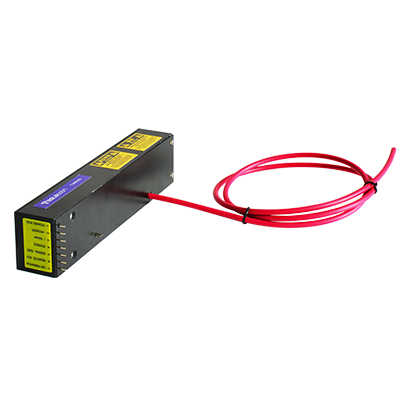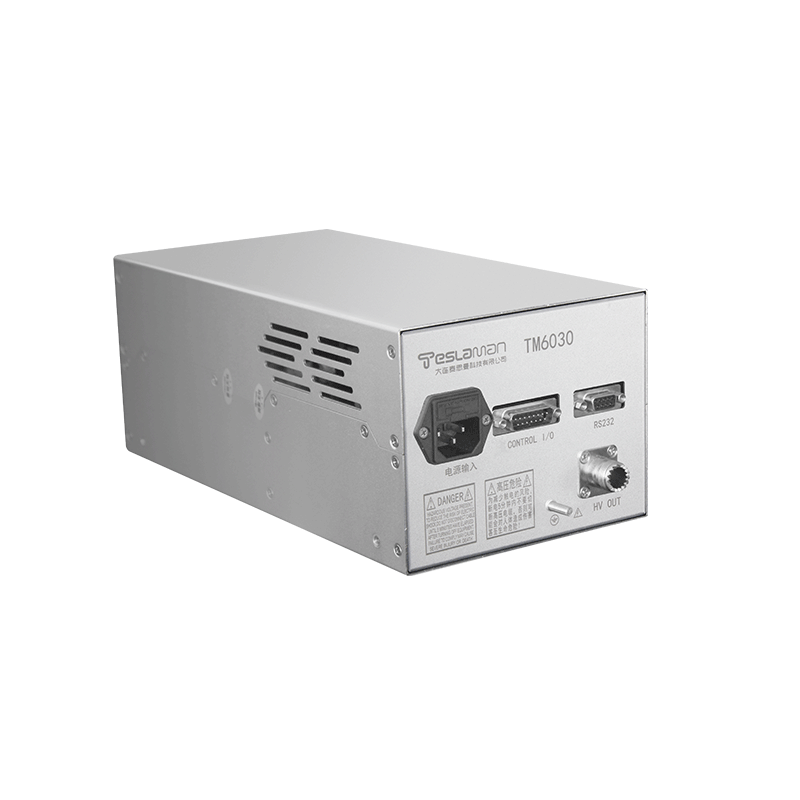High-Voltage Pulse Modulation in Excimer Lasers: Core Breakthroughs in Precision Energy Control
I. Technical Principles and Core Challenges
Excimer lasers utilize excited dimers of noble gases and halogens as the gain medium. Their transitions occur between excited (bound) and ground (free) states—a bound-free transition—enabling short wavelengths (157-353 nm), high single-photon energy (e.g., 6.4 eV at 193 nm), and cold processing capabilities (near-zero thermal effects). These properties make them ideal for lithography, medical applications, and precision machining.
However, efficient excimer laser operation critically depends on precise high-voltage pulse modulation:
Energy Stability Requirements: Halogen gas concentration declines after high-voltage discharges, causing single-pulse energy drift. Lithography demands energy fluctuations below ±0.5%, while industrial processing requires <±2%.
Stringent Pulse Parameters: Industrial applications need pulse rise times ≤150 ns and kHz-level repetition rates (6 kHz for lithography). Traditional thyratron solutions fall short due to short lifespans (~10⁶ pulses) and residual oscillations.
II. Technological Breakthroughs: Solid-State Modulation and Intelligent Control
Two innovations address these challenges:
All-Solid-State Magnetic Pulse Compression (MPC)
Three-Stage Magnetic Switches: Combine thyristor triggers with three-stage magnetic switches (iron-based amorphous/nanocrystalline materials) to compress primary pulses from μs to ≤150 ns, delivering 14 kV voltage and 0.68 J energy.
Efficiency Optimization: Reduce energy transfer loss (optimizing core saturation inductance), minimize copper losses, and add interlayer insulation to boost total efficiency from 35% to >70%.
Multi-Parameter Cooperative Control Algorithms
III. Applications and Performance Enhancements
Lithography: High-repetition-rate (6 kHz) narrow-linewidth (<0.1 pm) sources enable sub-7 nm chip nodes, boosting productivity by 30%.
Medical Surgery: 193 nm excimer lasers achieve cellular-level precision in corneal ablation (0.25 μm/pulse). Voltage stability limits surgical errors to ±5 μm.
Composite Material Processing: Fast pulse shutdown in CFRP machining reduces heat-affected zones to <10 μm, preventing delamination and subsurface damage.
IV. Future Trends: Integration and Longevity
Miniaturized High-Voltage Power Supplies: Integrating magnetic switches and resonant charging circuits into single modules reduces size by 50%, enabling portable medical devices.
Gas Consumption Prediction Models: Real-time discharge dynamics simulations monitor gas composition and adjust voltage dynamically, extending gas lifespan to 10⁹ pulses.
--
Table: Core Challenges and Solutions in Excimer Laser High-Voltage Pulse Modulation
Challenge Innovation Performance Gain
Energy drift (halogen depletion) Dual-loop PI control + genetic algorithm Energy stability ≤±0.5%
Slow pulse rise time 3-stage magnetic compression Rise time ≤150 ns, rep. rate 6 kHz
Thyratron short lifespan Solid-state MPC replacement Lifespan extended to 10⁹ pulses
Thermal effect accumulation Voltage compensation HV_{te} Temperature control ±0.1°C
Conclusion
High-voltage pulse modulation bridges the gap between theoretical advantages and industrial deployment of excimer lasers. Future breakthroughs in fusion ignition sources and space communications will rely on deeper integration of solid-state power electronics and intelligent control algorithms.




















